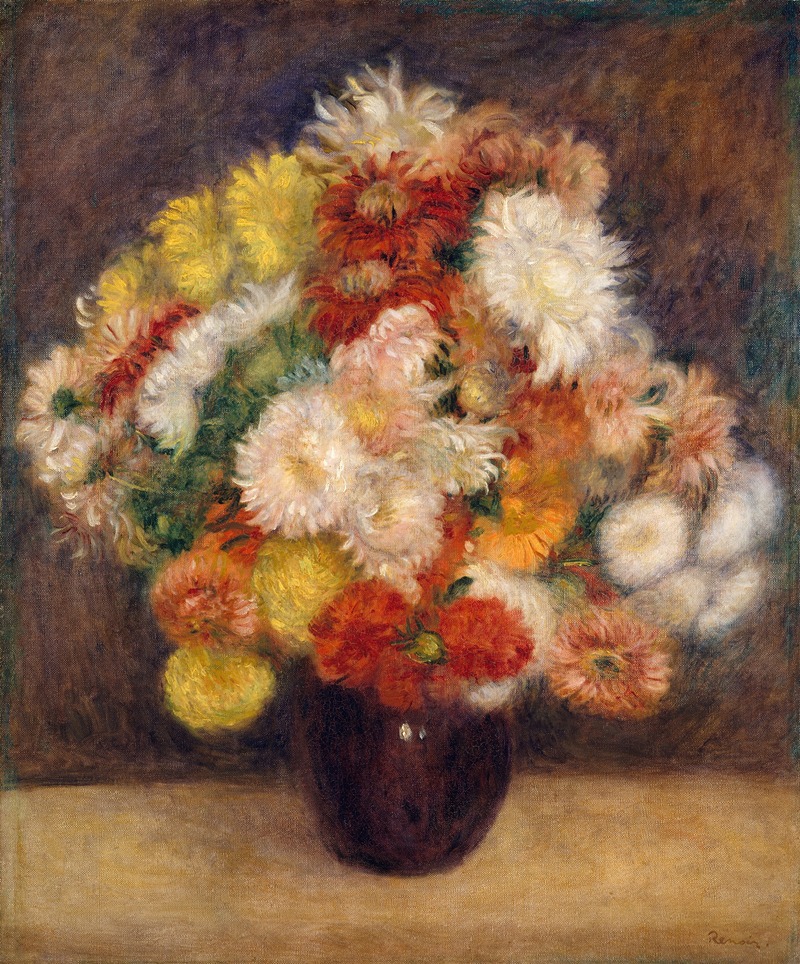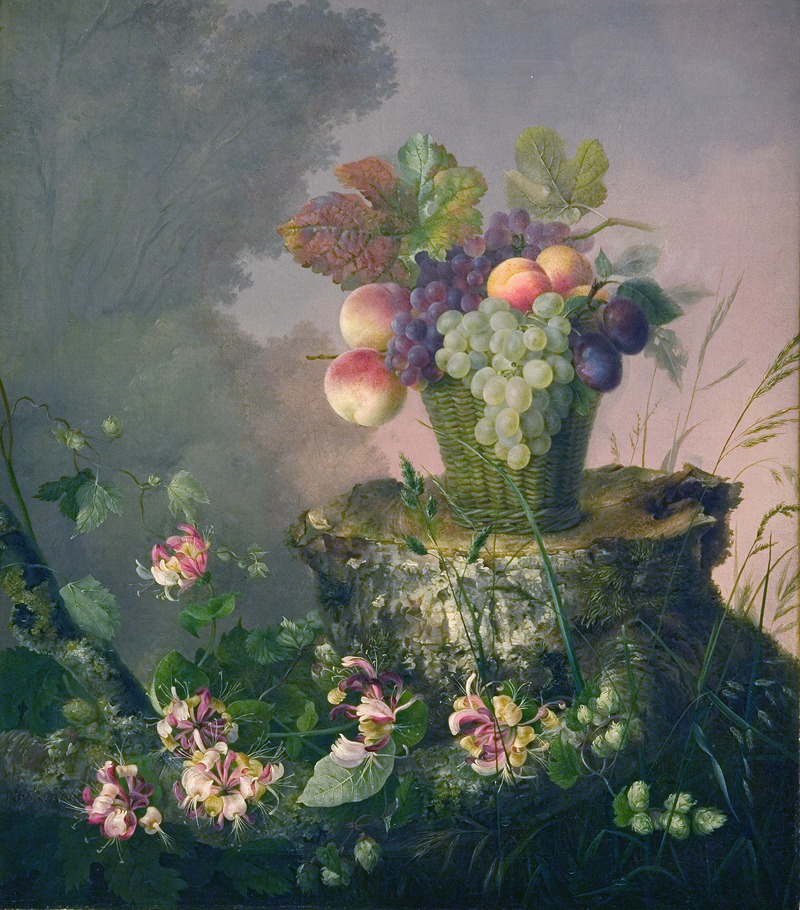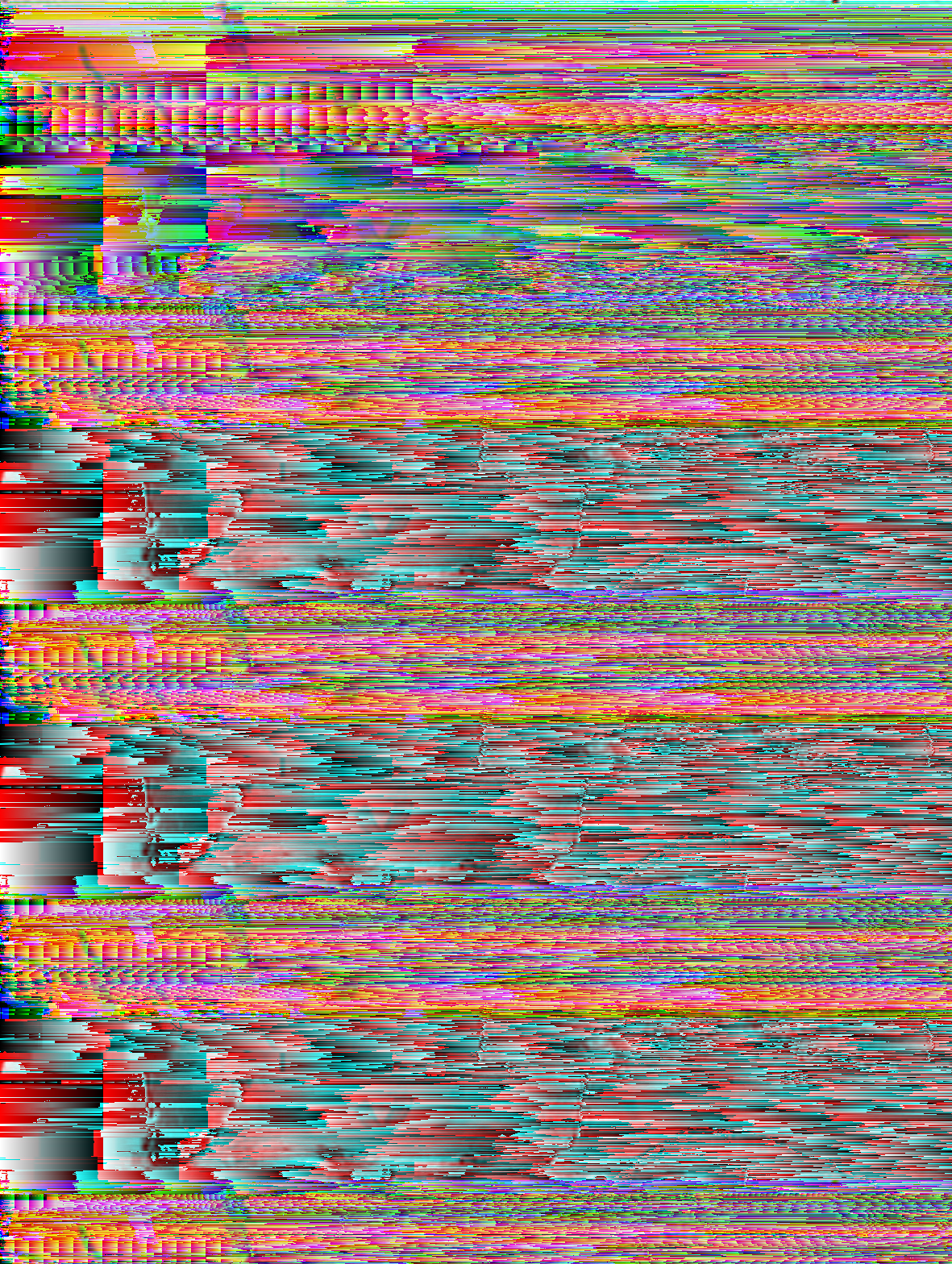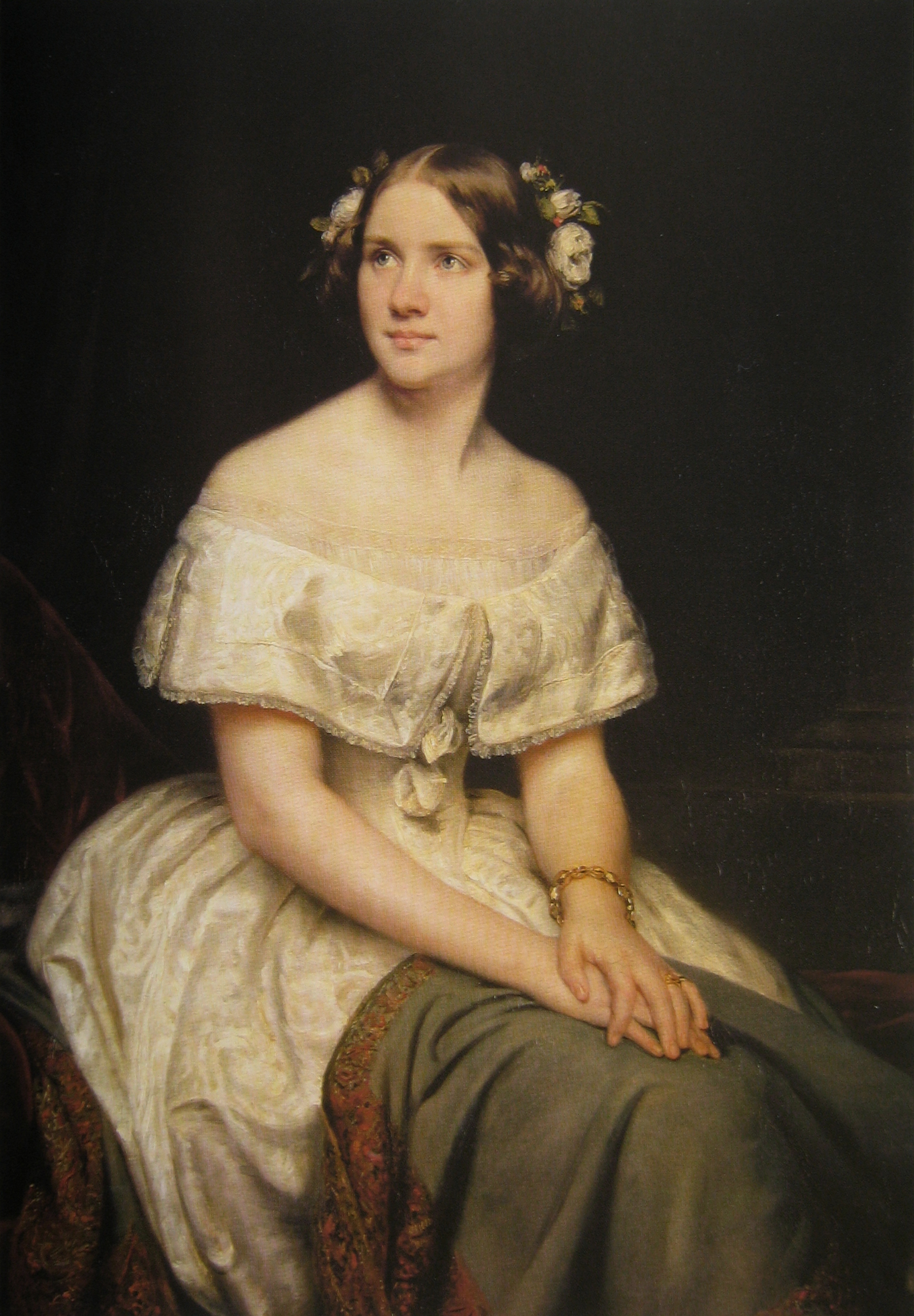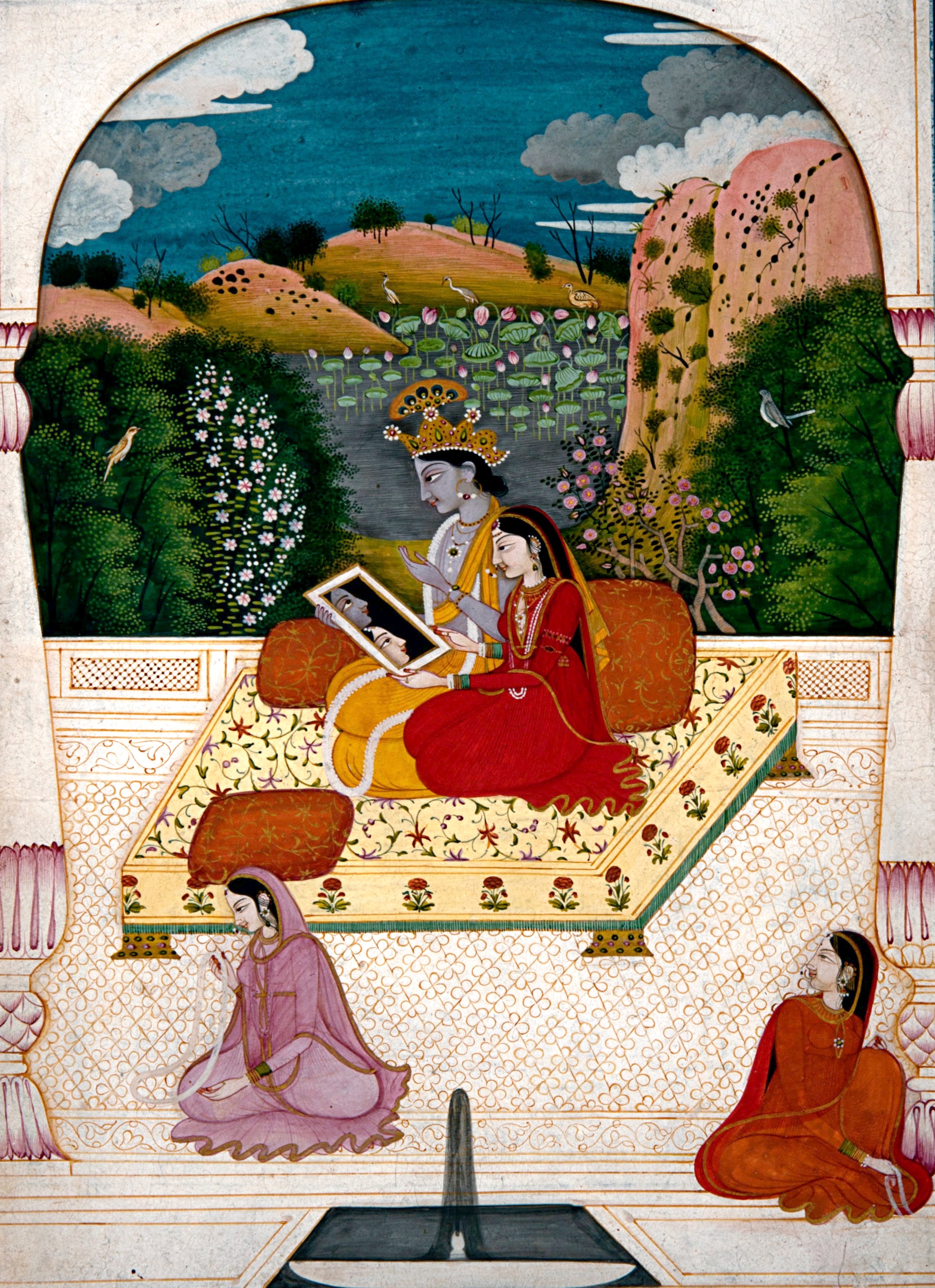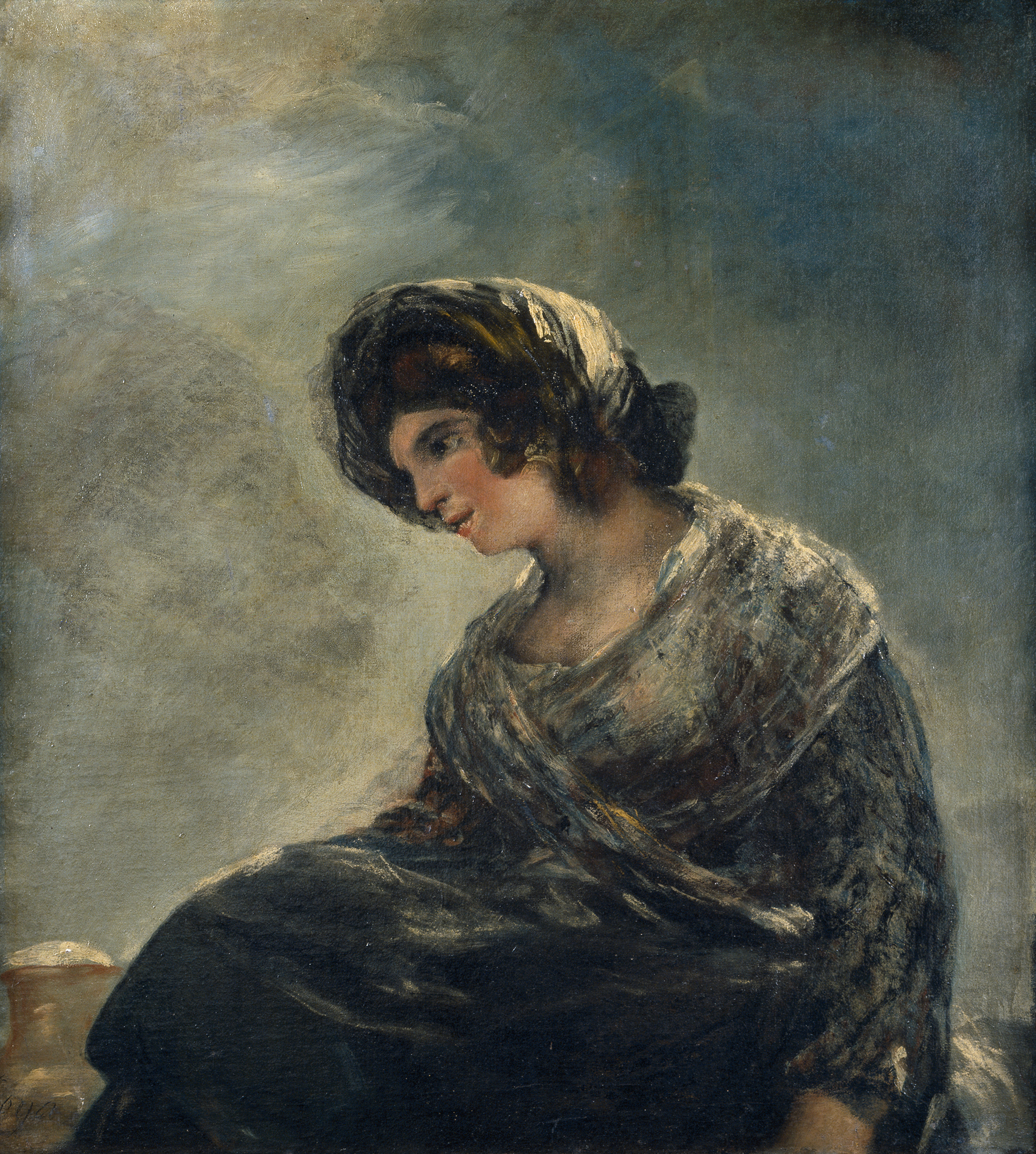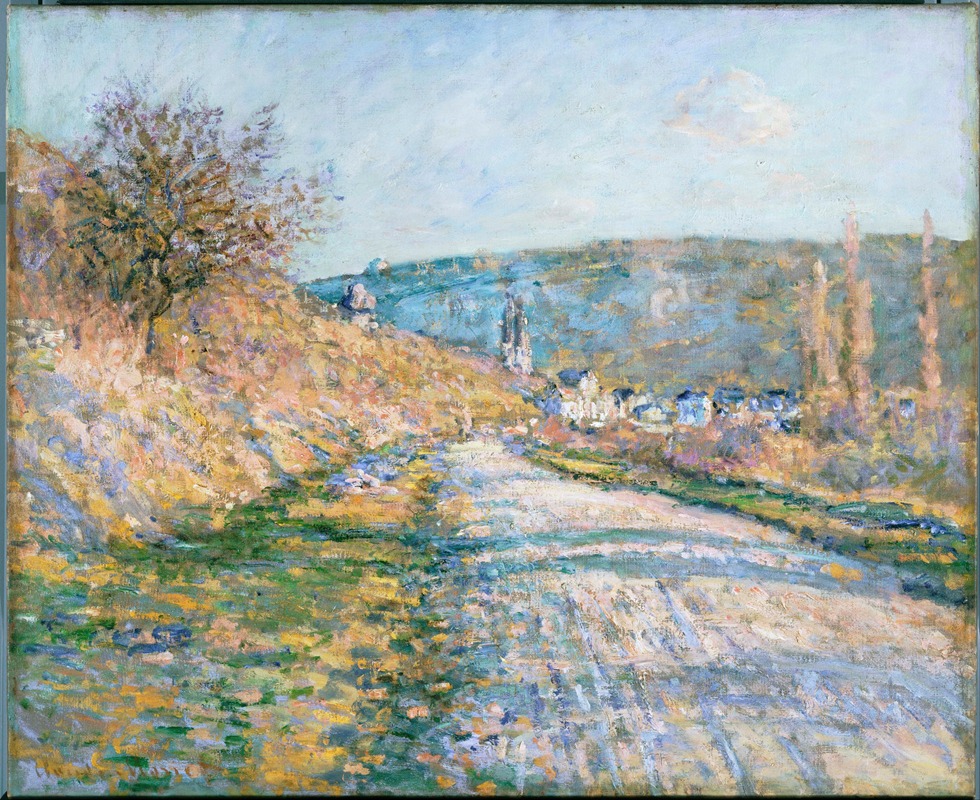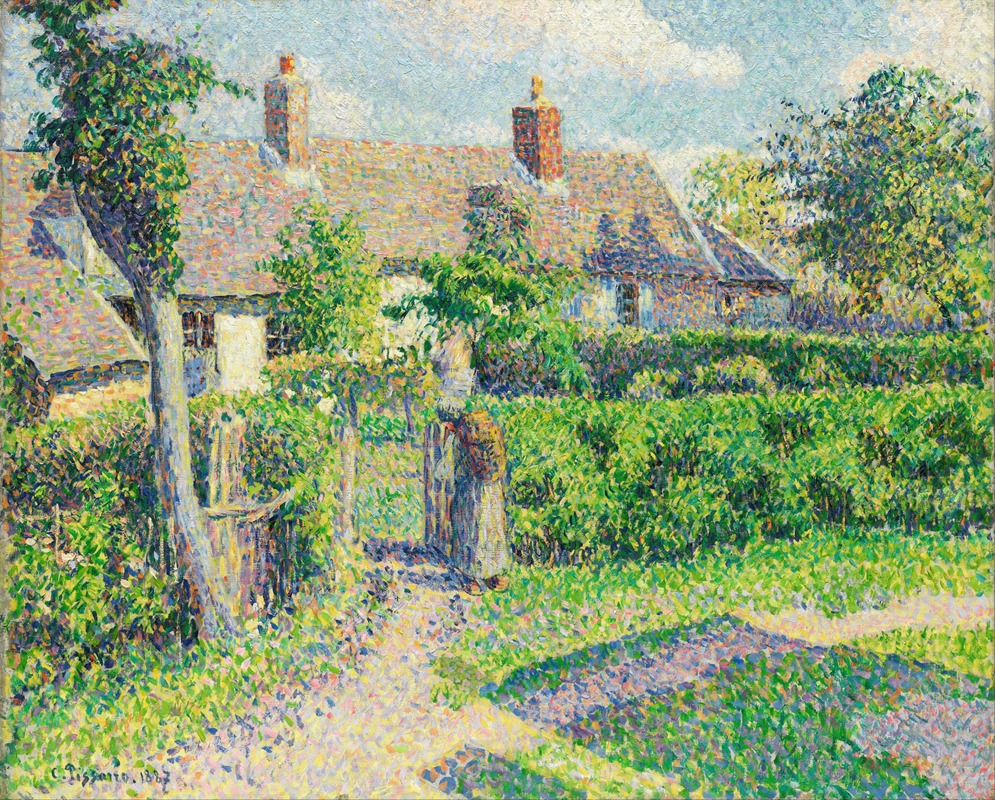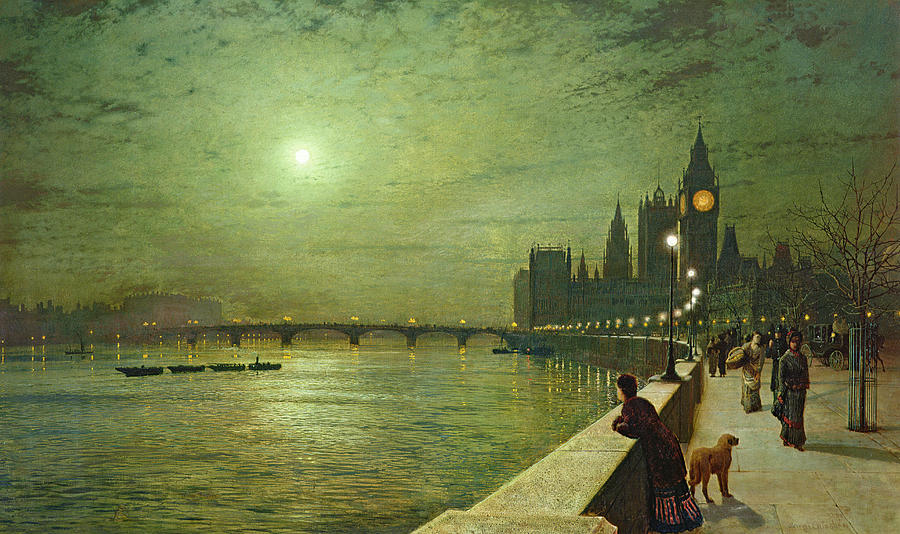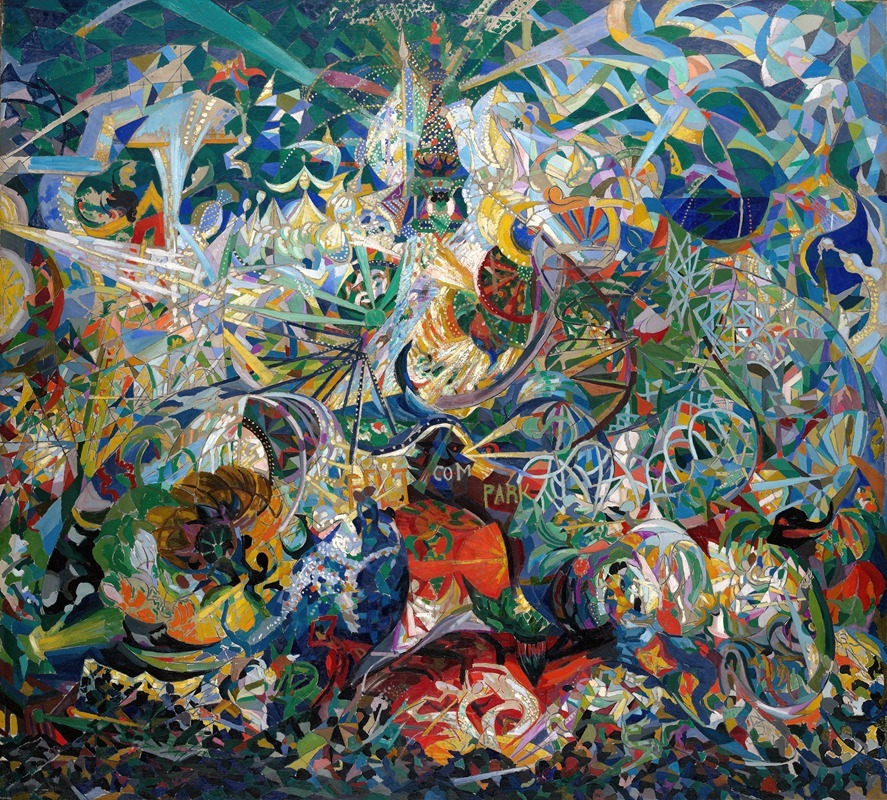artporn
525 readers
41 users here now
Wander the gallery. Look at the art. Be polite.
If you feel able, please post some great art :)
founded 2 years ago
MODERATORS
1
2
3
4
5
6
7
8
9
10
11
12
13
14
15
16
17
18
19
20
21
22
23
24
25
view more: next ›


